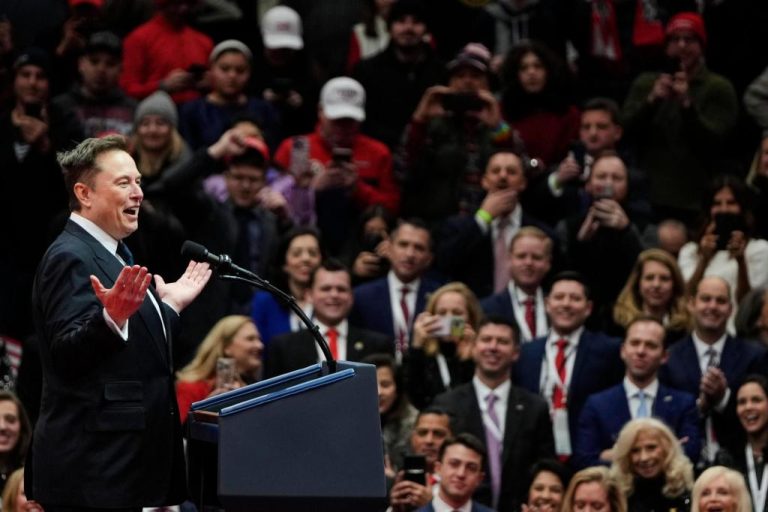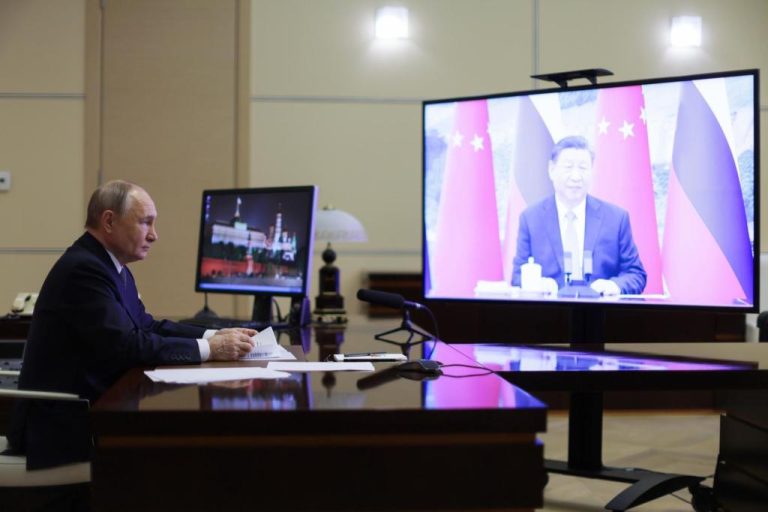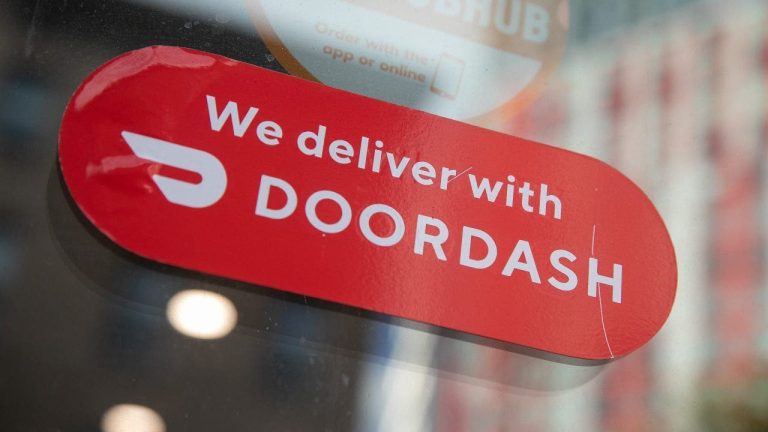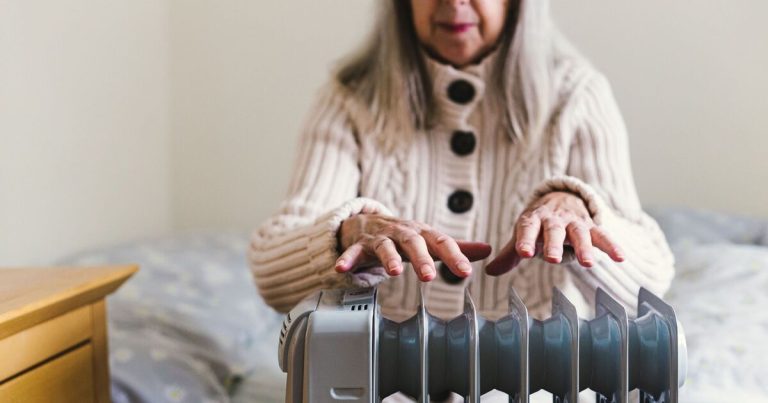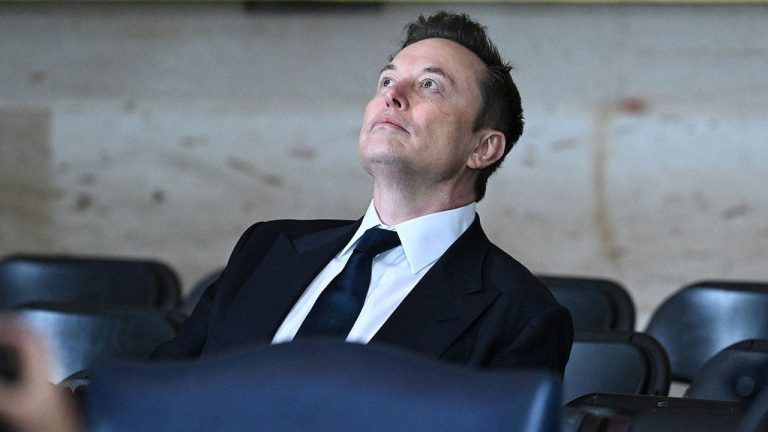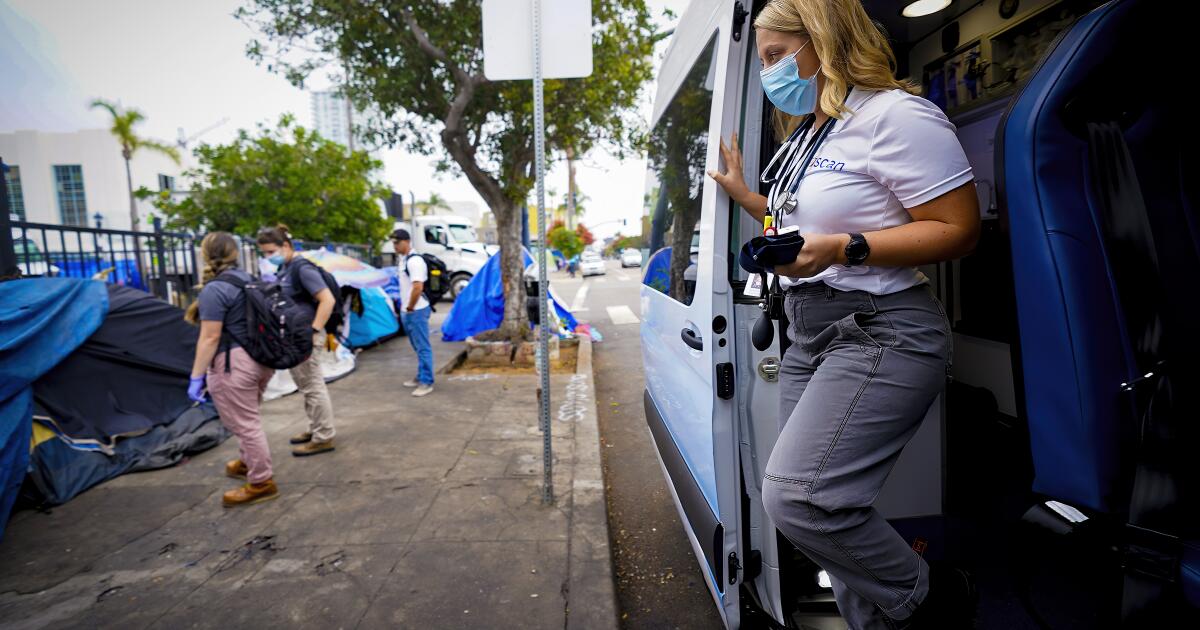

San Diego will work in the coming months to better tie together disparate street medicine programs already serving unhoused residents, using the region’s existing base of community clinics to anchor medical outreach efforts aimed at preventing the kinds of severe health care situations that frequently cause visits to hospital emergency departments.
In a recent meeting, the San Diego County Board of Supervisors unanimously approved initial discussions on what it would take to build a region-wide street medicine program. The county’s health and human services agency will meet with existing street medicine providers to discuss the idea and report back to the board with findings within 90 days.
The idea has the support of Father Joe’s Villages, which was the first to send licensed health care providers from its downtown health center to work directly with residents living on local streets in 2019.
Josh Bohannan, senior director of government affairs for Father Joe’s, told board members that the organization supports the idea of expanding the program.
“We have a street health team, and we’re just servicing the city proper, but we really need this program regionwide,” Bohannan said. “We’ve connected 54 people this year into housing from our street health team, and (have) served about 747 individuals medically and interacted with 2,500.
“It’s a way of connecting. It’s a way of providing care, and it’s a way of providing people the dignity and support that they need.”
While some street medicine providers are working under the direction of health insurance companies that do not directly operate community clinics, the county coordination effort seems to firmly follow Father Joe’s example.
Dr. Eric McDonald, interim director of the county health and human services agency, said that street medicine programs work best when they are an extension of a full-service clinic that can serve as a person’s “medical home.”
“That’s why the example of Father Joe’s works because they have a physical location that they can eventually bring people back to to make sure that the quality of care is actually maintained,” McDonald said. “You don’t want to go out and provide, you know, half-baked medicine in the field — that’s not right.
“You want to provide quality medicine in the field, and the best way to do that is through the connection to a medical home.”


